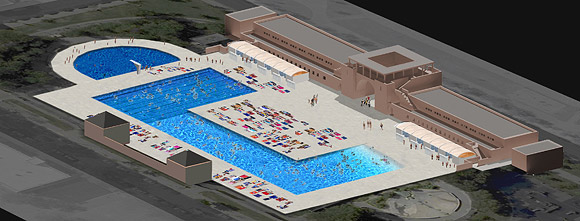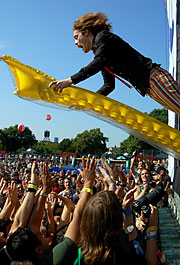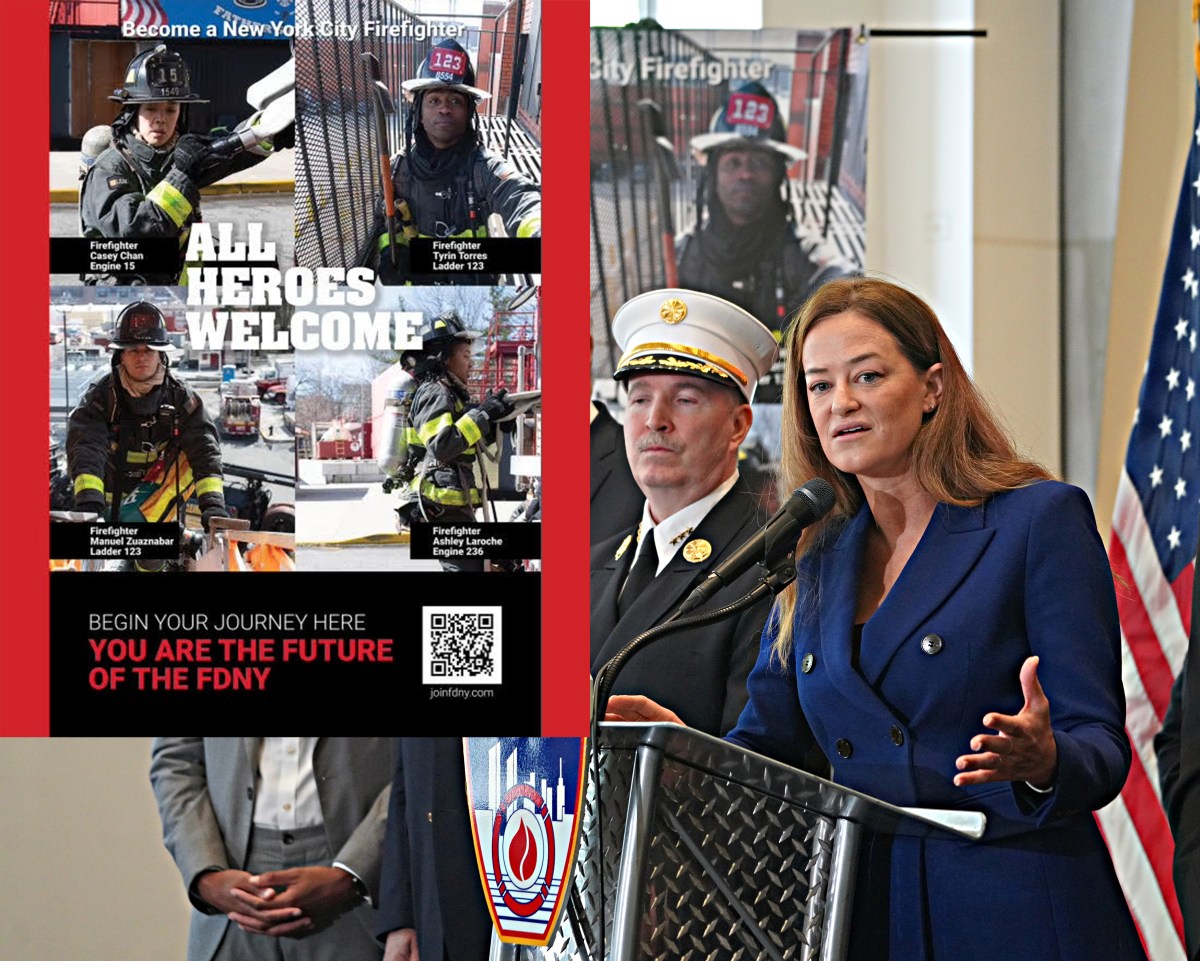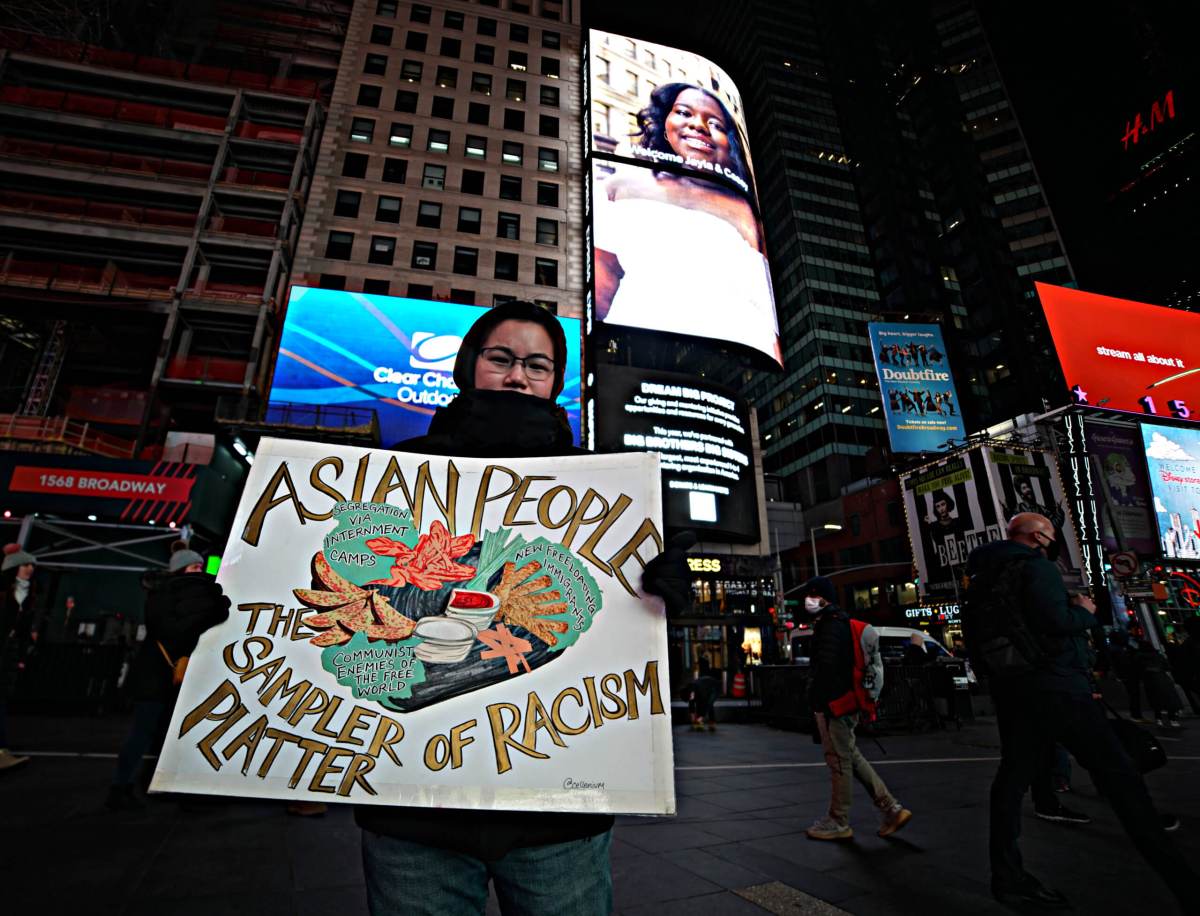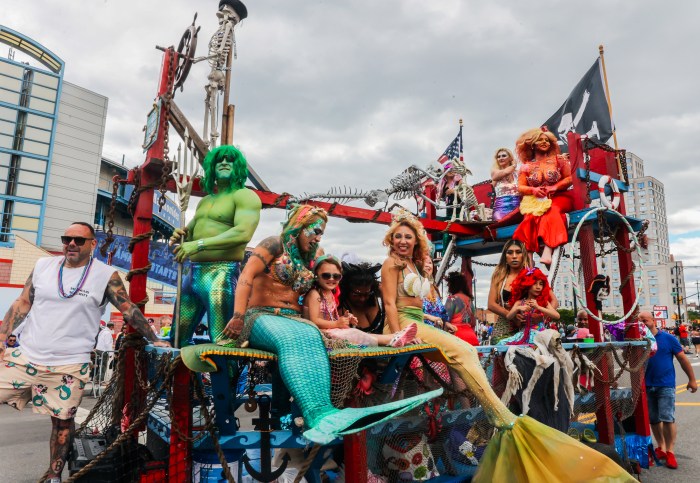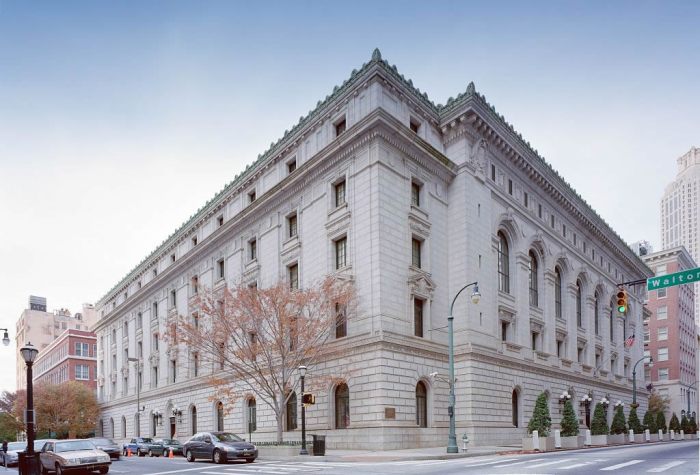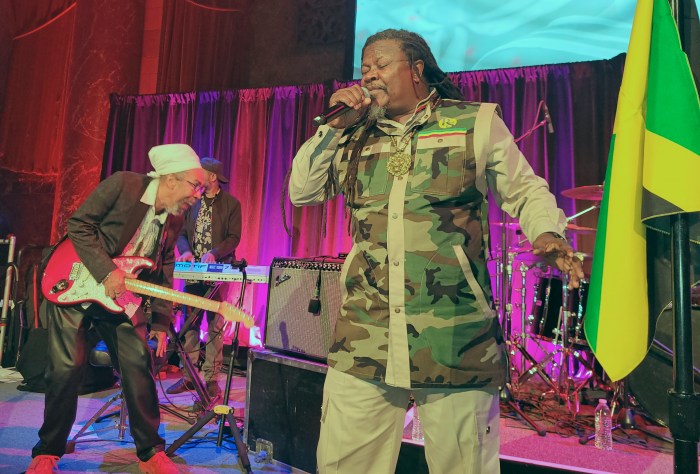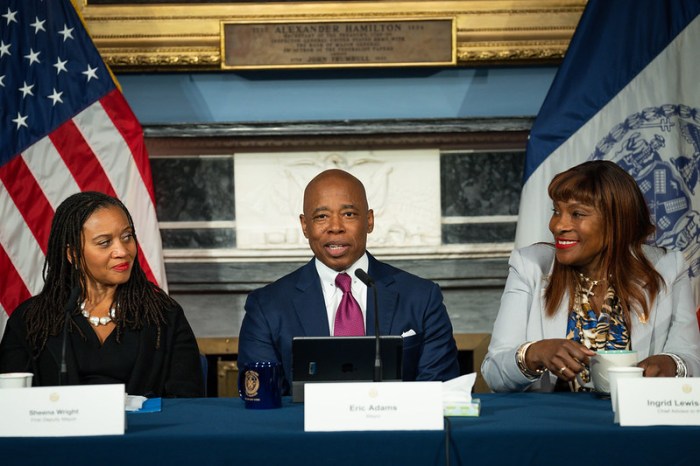McCarren Park Pool
The death and rebirth of the McCarren Park Pool both had something to do with kids from outside the neighborhood.
Back in 1983, Greenpoint residents forced the city to close the public pool, citing a bad element (read blacks and Latinos) coming to the neighborhood from Williamsburg. Locals claimed that these youths were bringing crime, drugs and prostitution to the decrepit bathhouses.
Fast-forward 22 years. That now very decrepit pool was adopted by histpers and turned into one of the city’s most popular summertime concert venues. Now back on the radar screen for the right reasons, nearby residents demanded that the city restore the pool to its original purpose: swimming. That project is actually underway.
When it opened in 1936, the pool, one of 10 built by Robert Moses through the Works Progress Administration, was as an oasis for working-class Brooklynites who couldn’t afford an out-of-town vacation. At 330-feet-by-165-feet, it was the largest public pool in the city, inspired in part by the Baths of Caracalla in Rome. It could hold roughly 6,800 people, and was roughly the equivalent of four Olympic-sized swimming pools.
By 1983, vandalism, neglect and general decay had degraded the space to such a degree that when the Parks Department came to fix a piece of broken equipment that had forced the pool’s closure, residents barricaded the arched entrance and forced them off.
Shortly thereafter, Greenpoint split about the pool: Some residents wanted it torn down, others wanted it renovated. By 1989, the Independent Friends of McCarren Park, founded by Phyllis Yampolsky, hired architect Robert A.M. Stern to conceive a plan to preserve the pool’s red brick arch, and to make additions consistent with that style. Another group, the McCarren Park Pool Task Force, said that most of the facility was so far gone that the whole thing, minus the iconic arch, should be razed.
The Independent Friends’ plan also called for a statue of Mae West, a Greenpoint native, along with an outdoor amphitheater, skating rink, indoor movie theater, retail space and a restaurant.
The pool sat empty until 2005, when Noémie Lafrance, a choreographer living in the area, staged a site-specific dance performance called “Agora.” She got permission from the city to mount the performance — provided she came up with $250,000 for work needed to reopen the space.
Lafrance raised $50,000 and the rest came from Live Nation, the concert promotion company. The following year, the pool was turned into one of the hottest concert spaces in the city. Live Nation teamed up with promoters JellyNYC to host free Sunday concerts there that kicked off on July 6, 2006 with a performance by Les Savy Fav. Two years later, Sonic Youth played the final concert.
Now the city has begun a $50-million renovation that will reduce the size of the pool itself, but add in a skating rink and performance space to keep the good times rollling, year-round.
